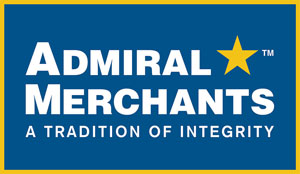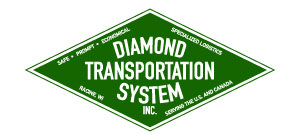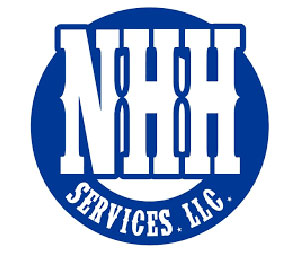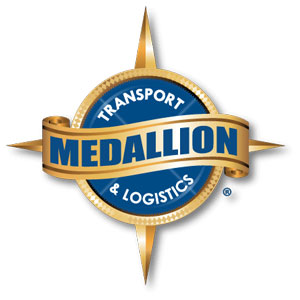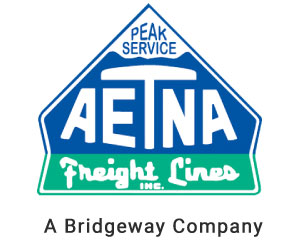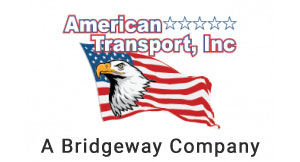How is Heavy Equipment Shipped?
There are four traditional ways to go about heavy equipment shipping: shipping containers, LoLo, RoRo and by flat rack. The final determination of the best way to ship your equipment will depend on factors such as weight, size, destination and any permitting or legal requirements. Let’s discuss ways to ship heavy machinery and equipment in more depth.
1. Containers for Heavy Equipment Shipping
Shipping heavy equipment in containers has been a practice in the United States since the mid-1950s. Exporting and importing oversized, heavy equipment is streamlined with shipping containers. They come in various sizes, widths and lengths, which make them ideal for those who need a flexible approach to logistics.
Some options for containers that offer greater convenience for company owners as well as rail, truck and shipping companies include:
- Built to meet international standards
- Open-end Models
- Open-top Models
- Open-side Models
- Flat-Racks
- Liquid Build
- Refrigeration
- Half-Height Options
Because each container is sealed during transport, cargo will be more secure and easier to transfer to other modes of transportation to its final destination.
2. The LoLo Method
LoLo is an acronym for lift-on / lift-off, and this method involves the practice of loading and unloading cargo in containers atop a shipping vessel with the assistance of derricks or cranes. Ships designed for this type of transport often have cranes onboard to streamline logistics on the ship. Vehicles don’t have to be driven on to the vessel, which is a benefit to the environment, as well.
3. The RoRo Method
RoRo is an acronym for roll-on / roll-off and is a shipping method that involves the direct driving of heavy equipment and vehicles onto the ship versus using a crane lift. Vehicles are maneuvered into place and secured by straps or other means.
Should the equipment have no wheels, it will be placed onto handling devices with wheels to get it on and off of the vessel. Arrangements may have to be made with lorries or trains near the departing and arriving ports. This is a task that your freight broker and/or agent can assist with.
4. Flat Rack Transportation
Containers for flat rack shipping are best for heavy machinery and equipment that needs to be loaded from the sides or top. What makes flat rack containers so practical is that they only have sides situated on the bulkheads. This allows extra-long cargo to be able to partially stick out during shipping.
Flat racks come in options that may or may not have walls and some versions are even collapsible. The most typical standard sizes of flat rack containers are 20 and 40 feet in length, and most have forklift pockets. Some of the larger sized flat racks feature gooseneck tunnels at the ends to ease loading, unloading and the transportation process overall.
These types of containers are perfect for heavy-duty cargo that simply won’t fit into standard containers with roof and wall constraints. Flat racks can even be left open when transporting heavy equipment and cargo that is impervious to the outdoor elements. Other loads may include the use of tarpaulin covers secured with lashing rings and clamp locks.
5. Depend on Freight Brokers and Their Partnering Agents
For many companies that deal with projects that require heavy, oversized equipment, figuring out how to get cargo shipped from one site to another can pose challenges. However, by hiring a freight broker like Osage Specialty Transport, you will have access to a variety of partnering freight agents that we routinely work with.
Our agents have been screened and are armed with the know-how, experience and permits necessary to handle the logistic aspects of your equipment and heavy-duty construction gear. Whether you need a carrier for local, nationwide or international transportation, for your cargo, we’ll partner you with a reliable carrier with a robust track record.
If you want to save time and money, let a logistics specialist handle the fine details. After all, transporting heavy equipment requires several rules and regulations to be precisely followed for safety reasons and to avoid any fines for improper protocols during the process.
Rely on the Best Heavy Equipment Transporters at Osage Specialized Transport
Shipping heavy equipment and machinery can seem daunting, but with the experience of Osage Specialized Transport and our partners, you can rest assured that your cargo will be transported safely and within the confines of the law. We only work with the best agents, who will get your load where you need it, on time and at a competitive rate. Contact us online, or call us toll free at 1-800-565-7735 to discuss your needs with one of our logistics specialists.

